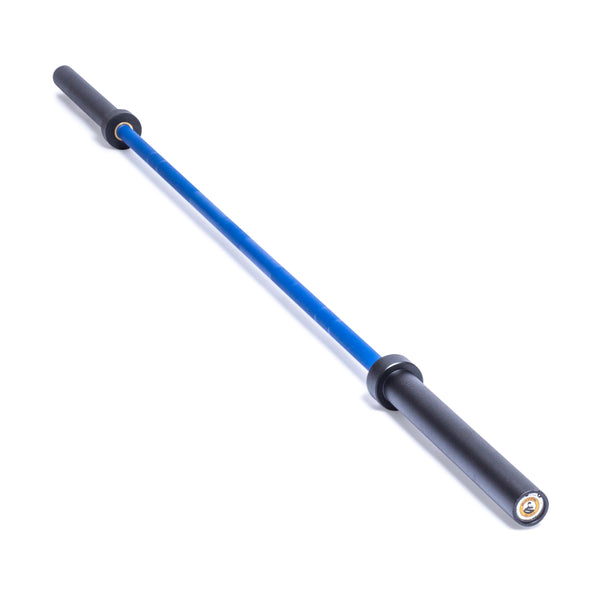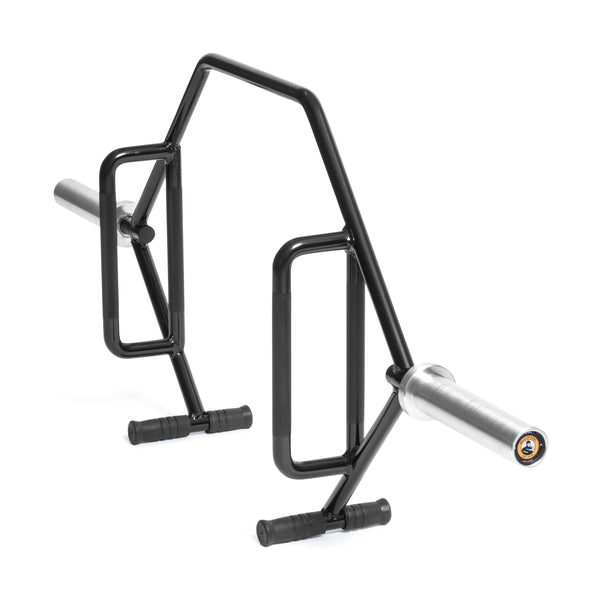If you're a fan of lifting weights, chances are you've come across the age-old debate: trap bar deadlift vs. conventional deadlift.
Some argue that the trap bar deadlift is a mere impostor, while others swear by its benefits. Well, as an expert in the field, I can confidently say that trap bar deadlifts can indeed help conventional deadlifts.
In this article, we'll explore why these two variations of the deadlift complement each other and why incorporating trap bar deadlifts into your routine can be a game-changer. When it comes to joint angles, the conventional deadlift and trap bar deadlift share remarkable similarities at the knee and hip joints.
This means that the strength you gain from performing trap bar deadlifts is more likely to carry over to the conventional deadlift when compared to an exercise like a barbell hip thrust.
Since the angles and movement patterns are comparable between the two deadlift variations, this allows you to build strength and technique that directly translates between both exercises.The conventional deadlift and trap bar deadlift are both powerhouses when it comes to targeting muscle groups.
Just like the conventional deadlift, the trap bar deadlift primarily engages the quads, hamstrings, and glutes as prime movers, with secondary assistance from the lower and upper back.
So, when you perform trap bar deadlifts, you're essentially working the same muscles that are crucial for a strong conventional deadlift.While some lifts focus on explosive power, both the conventional deadlift and the trap bar deadlift are performed under control.
The trap bar deadlift, in contrast to power exercises like power cleans or snatches with a weightlifting bar, is a slower lift.
This similarity in movement speed allows you to develop and refine your lifting technique, reinforcing the fundamentals that are essential for a successful conventional deadlift.When it comes to muscle contraction type, the conventional deadlift and the trap bar deadlift are on the same page.
Both variations activate the quads, hamstrings, glutes, and lower and upper back muscles in a similar manner.
This means that the strength and muscle gains you acquire from trap bar deadlifts can directly contribute to improving your performance in the conventional deadlift.In conclusion, incorporating trap bar deadlifts into your training regimen can indeed help your conventional deadlift.
By focusing on similar joint angles, engaging the same muscle groups, maintaining a comparable movement speed, and activating muscles through a similar contraction type, the trap bar deadlift sets you up for success in the conventional deadlift.
So, embrace the trap bar and unlock your potential in the conventional deadlift!



